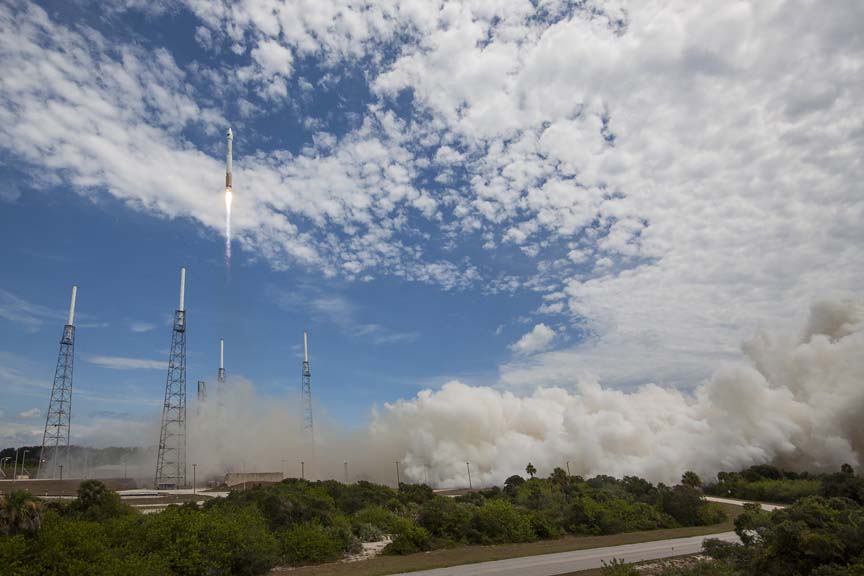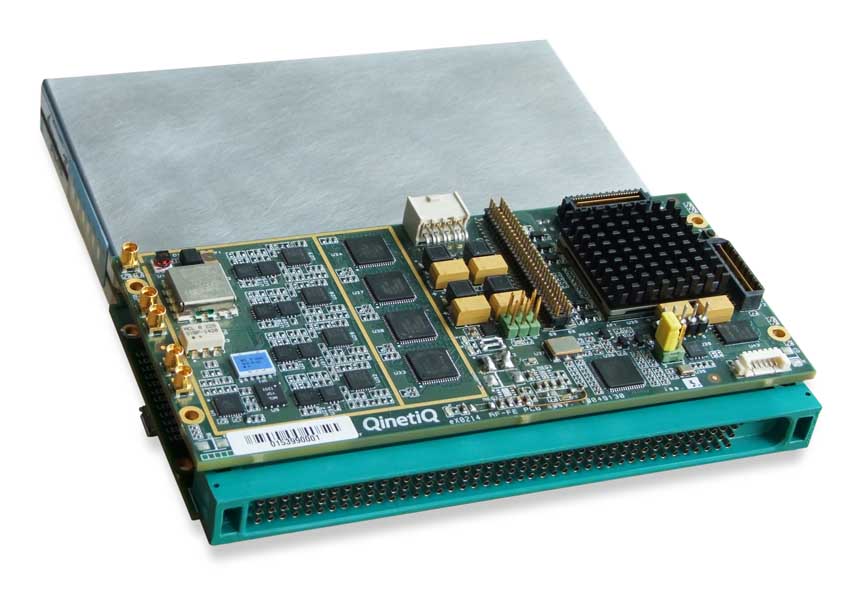Most Railroads Will Miss Deadline for Implementing GPS-Aided Positive Train Control
Only a small percentage of railroads are expected to obtain system certification and complete implementation of GPS-aided positive train control (PTC) systems by the current deadline at the end of this year, according to a recent report to Congress by the Federal Railroad Administration (FRA).
By Inside GNSS













